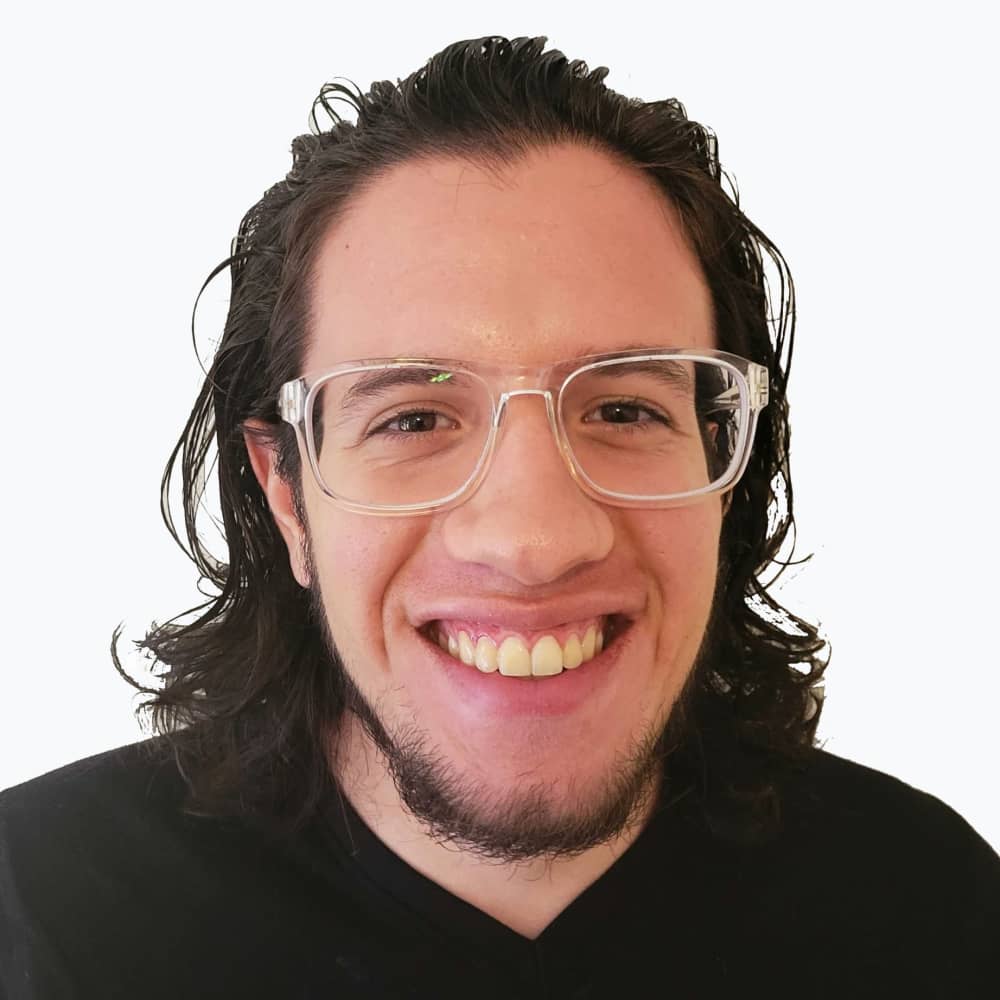Changes Proposed for Public Service Loan Forgiveness Program
Writer
Writer

- The Department of Education discussed proposed PSLF changes with a group of selected negotiators.
- These changes to PSLF would widen the pool of qualifying workers.
- Negotiators and the department failed to reach consensus on the issue.
New standards for the Public Service Loan Forgiveness (PSLF) program put forth by the U.S. Department of Education (ED) received a mixed reception from higher-education stakeholders.
ED presented its proposed rule changes late last week during its final negotiated rulemaking session. The committee of negotiators lauded ED for expanding who would be eligible for PSLF.
However, they expressed concerns that the proposed changes would not go far enough in expanding the program to address the denial rate dilemma.
Two PSLF rules were considered by the 16 negotiators who voted. Because each rule failed to reach consensus, meaning 100% of votes in favor, neither was finalized. That means ED can make changes to its proposal between now and when it releases the final version in early 2022.
Congress created the PSLF program in 2007 to entice people to pursue typically low-paying government and nonprofit jobs
Congress created the PSLF program in 2007 to entice people to pursue typically low-paying government and nonprofit jobs. Those who participated were promised that if they made their federal student loan payments on time, after 10 years of work, any remaining debt on those loans would be wiped out.
However, the program has failed to deliver widespread relief. Only about 2% of processed PSLF applications have been approved since the program started, according to the Education Data Initiative, wiping out about $290 million in student debt. That's a far cry from the roughly $116 billion in student debt that exists among PSLF-eligible borrowers.
Last October, ED announced a temporary overhaul of the PSLF program. It made some 22,000 borrowers with consolidated loans — including those with previously ineligible loans — immediately eligible for $1.74 billion in forgiveness. Another 27,000 borrowers could qualify for an additional $2.82 billion in forgiveness "if they certify additional periods of employment."
However, the department's two new proposed changes would have farther-reaching implications than the October overhaul.
Here’s what the new rules would do:
Expand PSLF To Cover Teachers, Adjunct Instructors
Teachers would be among the largest beneficiaries of ED's proposed rule changes.
New regulations would expand PSLF to cover those who work at least 30 hours per week for at least eight months in a 12-month period.
New regulations would expand PSLF to cover those who work at least 30 hours per week for at least eight months in a 12-month period. That means schoolteachers who don't teach over the summer can make PSLF-eligible payments throughout the entire year, not just the eight months they work during the traditional school year.
Additionally, adjunct instructors at postsecondary schools will now have a chance to qualify. Their eligibility is determined by multiplying each credit or contact hour taught per week by at least 3.35, which would allow adjuncts who teach across multiple public institutions to still qualify.
ED's PSLF proposal would also expand the definition of a qualifying employer to include any organization that provides a public service, as long as it is not a business organized for profit, a labor union, or a partisan political organization.
This is the area some negotiators took issue with.
Bethany Lilly, representing students with disabilities, said the department's rules state that only people directly employed by a 501(c) nonprofit can qualify for PSLF, but that leaves out contract employees who may work for public-service nonprofits through staffing agencies. By limiting PSLF depending on the employer, rather than the work student loan borrowers are doing, many low-income workers will continue to be left out, Lilly said.
This language would also exclude all physicians at private nonprofit hospitals in California and Texas from getting PSLF. State law in both states does not allow physicians to be directly employed by the hospital where they work.
Jennifer Hong, director of policy coordination and lead negotiator for ED, said the department decided not to include for-profit organizations because it would be too difficult to draw the line for who qualifies if ED had to determine that on a person-by-person basis.
"It seems like a failure of vision to not be broad-based here," said negotiator Daniel Barkowitz, representing financial aid administrators. "[We are] missing an opportunity to be bold and brave; to say that these roles serve a valid public good."
Expand List of Qualifying Deferments and Forbearances
Currently, a person has to make 120 payments on their student debt while working for a qualifying employer to be eligible for debt forgiveness.
ED's proposed rule changes would expand PSLF to allow the time that workers were in certain types of deferments and forbearances to count toward that goal, as long as they were working for a qualifying employer.
The full list of qualifying deferments and forbearances would be:
- Cancer treatment deferment
- Peace Corps service deferment
- Rehabilitation training program deferment
- Economic hardship deferment
- Military service deferment
- Post-active-duty student deferment
- AmeriCorps forbearance
- National Guard Duty forbearance
- U.S. Department of Defense Student Loan Repayment Program forbearance
- Certain administrative forbearances or mandatory administrative forbearance
The changes would also give borrowers the chance to backtrack and make payments that they previously skipped through approved deferment or forbearance, allowing them to reach the forgiveness time more quickly.
While negotiators applauded these steps forward for PSLF, some felt more could have been done to address payment- counting woes.
Again, while negotiators applauded these steps forward for PSLF, some felt more could have been done to address payment-counting woes.
Joe Sanders, representing state attorneys general, said this does nothing to help borrowers who were steered toward voluntary forbearance. He said voluntary forbearance is the easiest forbearance program to enroll into, so many people choose this program even if another type of deferment would have been more appropriate.
Sanders added that the most important aspect of PSLF is public service, and, therefore, it shouldn't be a priority of ED to disqualify some types of forbearance. -As long as they were working under a qualifying employer, these workers should be rewarded.
"[ED has] not done enough to reduce the sky-high denial rates," he said. "We need to think bigger."
Make Some Loan Forgiveness Automatic
The department did add one major component to PSLF in an effort to increase acceptance: automatic enrollment.
According to the proposal, if the department "has sufficient information" already in its possession, it may forgive a loan without the borrower needing to submit an application.
Additionally, if ED finds a borrower who has met the 120 payment threshold, the department may reach out to the borrower to alert them to the fact they may qualify. ED would then request that the borrower submit information to complete the forgiveness process.
Latest News
Related Stories
Featured Stories
Latest Analysis
College Accreditation Is Changing. Here’s What Students Need To Know.

11 Red States Are Suing to Block Biden's SAVE Loan Repayment Plan. Here's What Borrowers Need to Know.

Here's Where the 2024 Presidential Candidates Stand on Higher Education

College Admissions, Student Diversity, and Campus Culture 50 Years Ago












